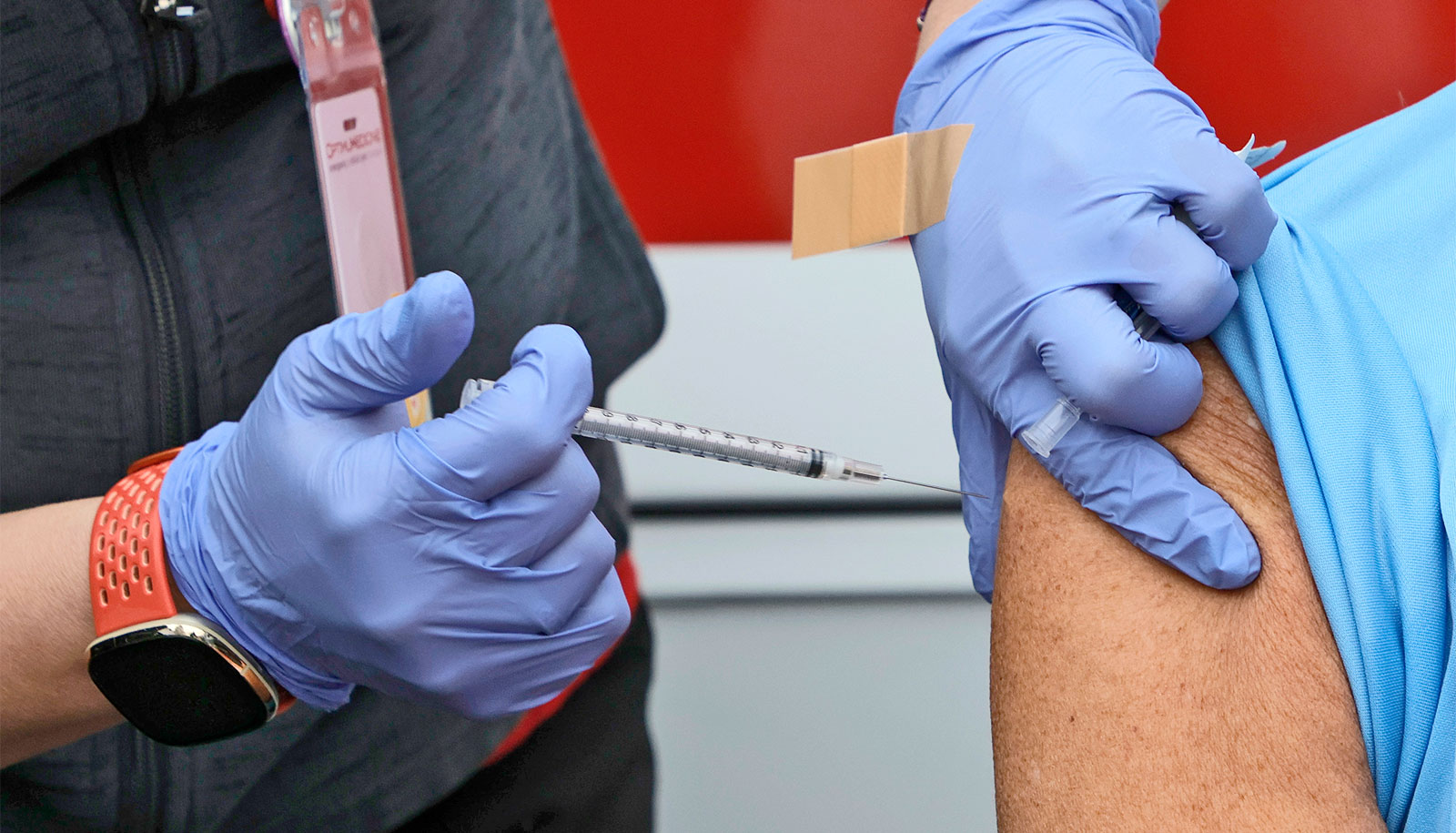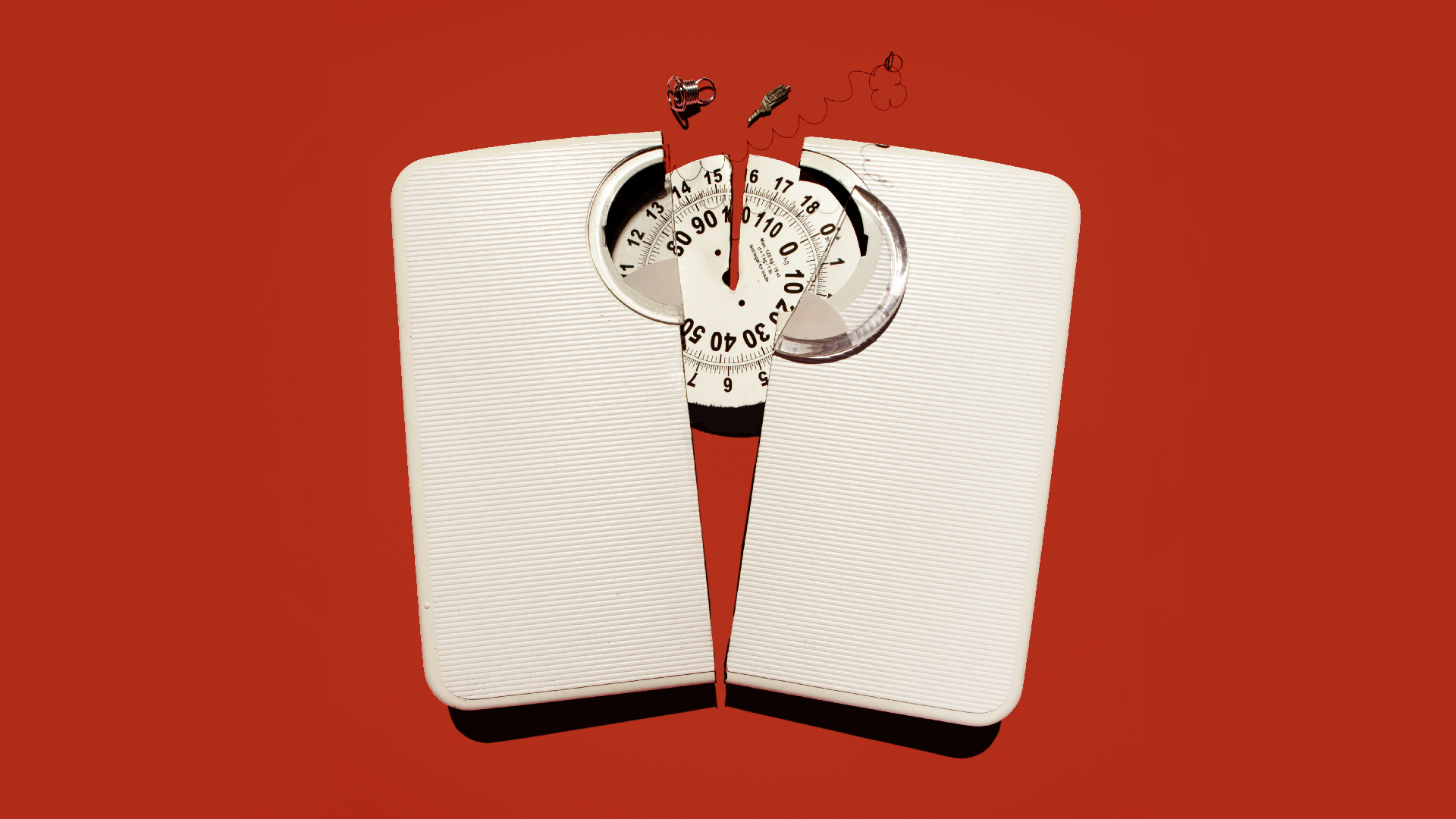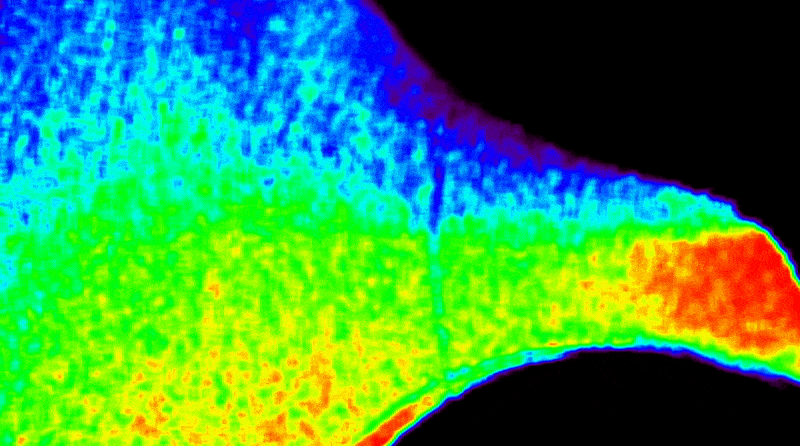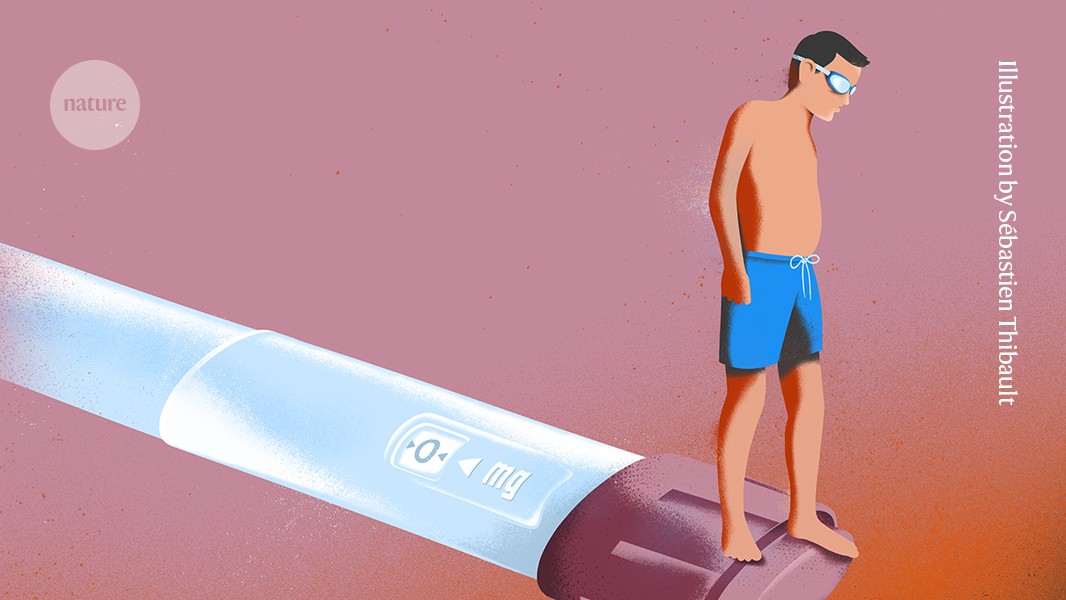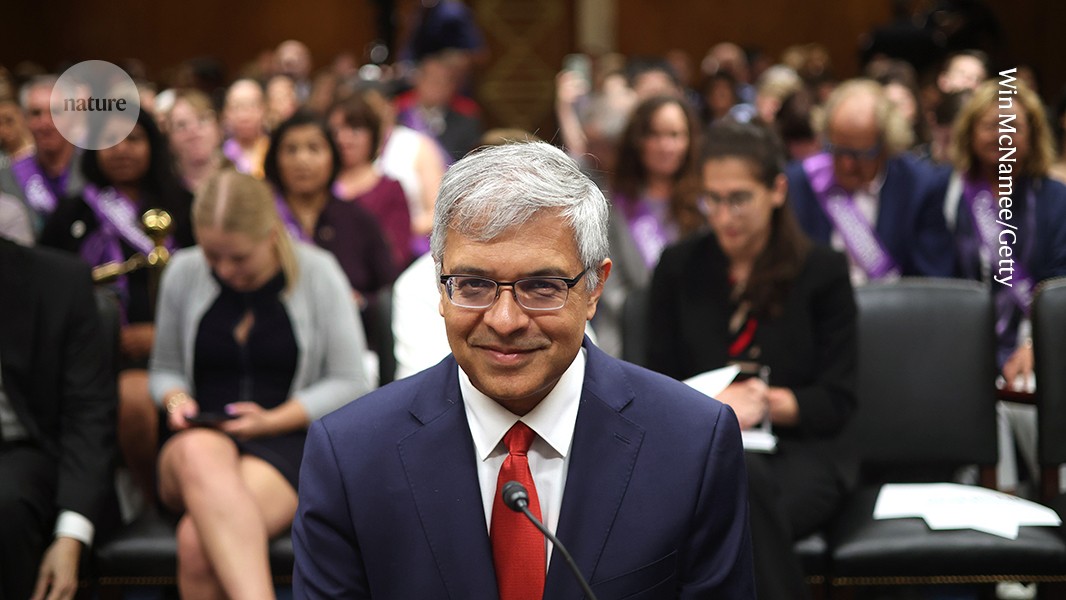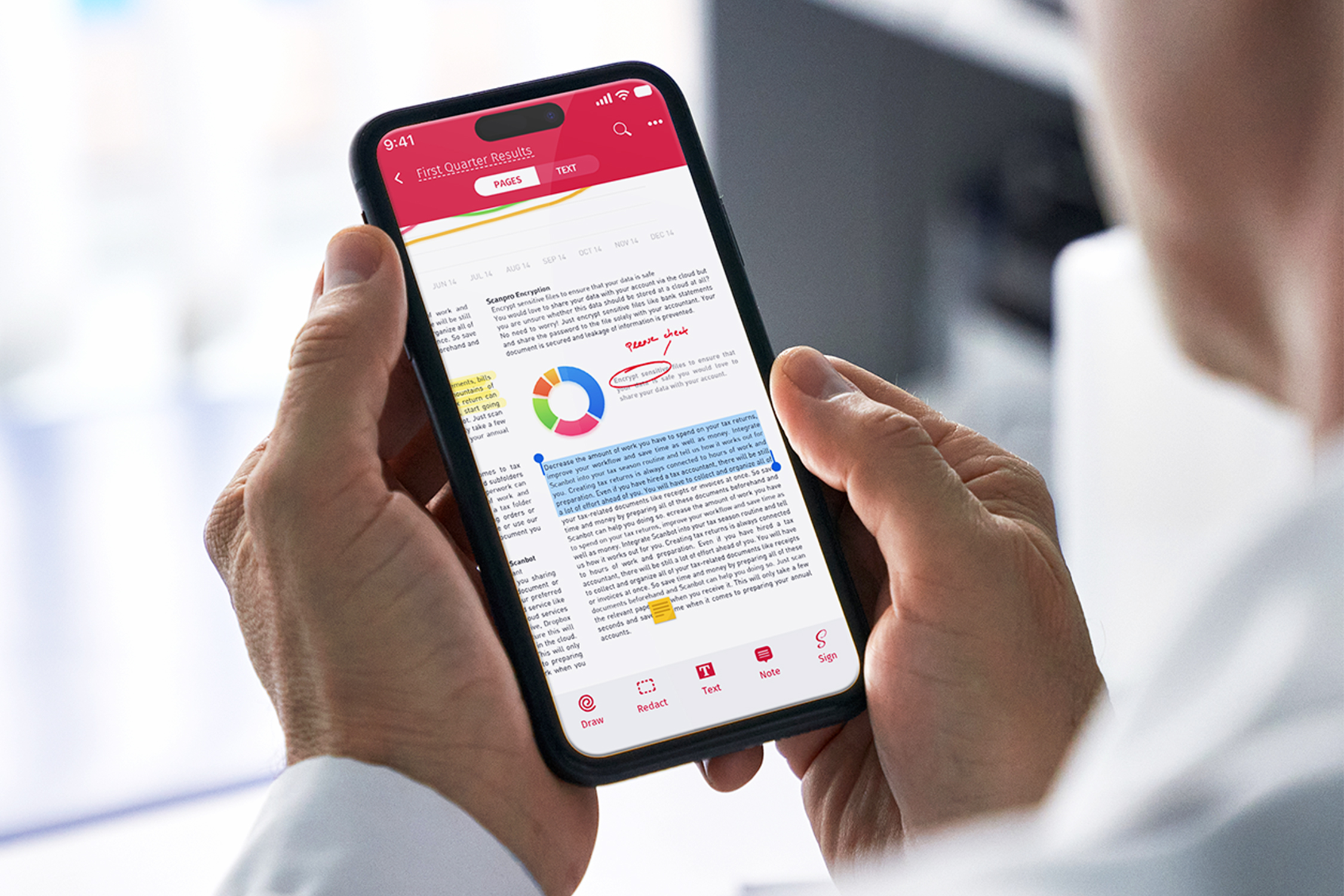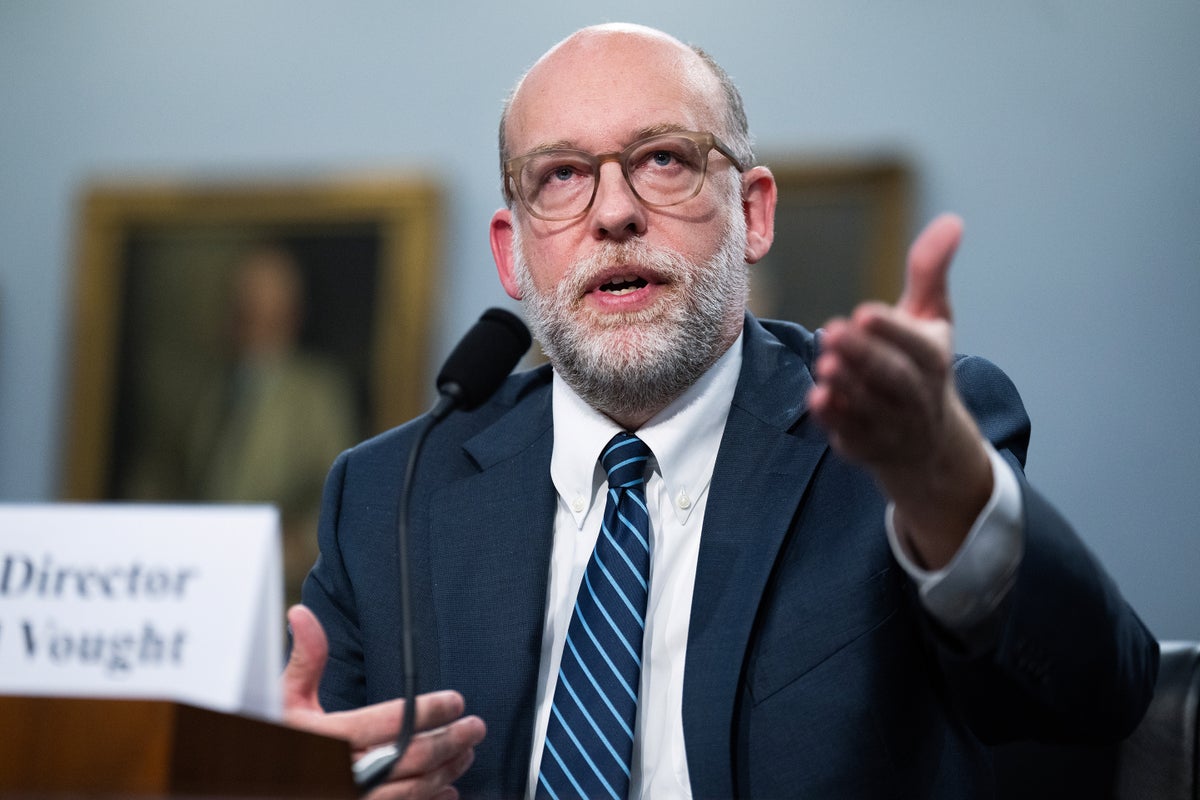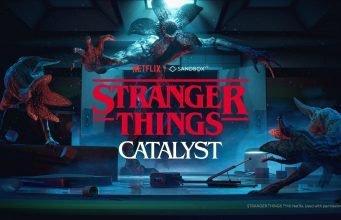Your PC’s loud, laggy, and annoying? This $15 upgrade might fix it
Windows 10 support ends this October—Windows 11 Pro is just $14.97 and could quiet down even the loudest PCs. The post Your PC’s loud, laggy, and annoying? This $15 upgrade might fix it appeared first on Popular Science.

Some computers sound like they’re about to take flight. Fans roaring. Programs lagging. Random pop-ups and unexplainable slowdowns. Before assuming it’s time for new hardware, consider this: the operating system may be outdated.
Right now, Windows 11 Pro is available for $14.97, and for those still stuck on Windows 10, the timing couldn’t be better. Microsoft is officially ending support for Windows 10 on October 14, 2025. That means no more security updates, leaving systems vulnerable to malware, phishing, and other cyber threats.
Windows 11 Pro isn’t some superfluous upgrade. It offers a more stable, secure, and customizable experience, especially for users who need power and flexibility. Features such as BitLocker, Remote Desktop, and Hyper-V virtualization provide more control and enhanced protection for sensitive data and demanding workloads.
Why Windows 11 Pro Makes a Difference
Gamers, streamers, developers, and multitaskers can also benefit from advanced performance tools and enhanced driver support for high-end gear. For those investing in GPUs or custom peripherals, the Pro edition helps ensure the hardware is fully utilized without the operating system getting in the way.
Don’t Blame the Hardware Just Yet
Many older machines can handle the demands of Windows 11 Pro, provided they meet the system requirements. And with the right OS, even a midrange PC can run smoother, faster, and quieter. No more freezing, crashing, or “fan jet” noises. Just a system that works like it’s supposed to.
Upgrade to Windows 11 Pro for $14.97 and avoid being left behind when Windows 10 support ends this fall.
StackSocial prices subject to change.
_

Microsoft Windows 11 Pro
The post Your PC’s loud, laggy, and annoying? This $15 upgrade might fix it appeared first on Popular Science.








































